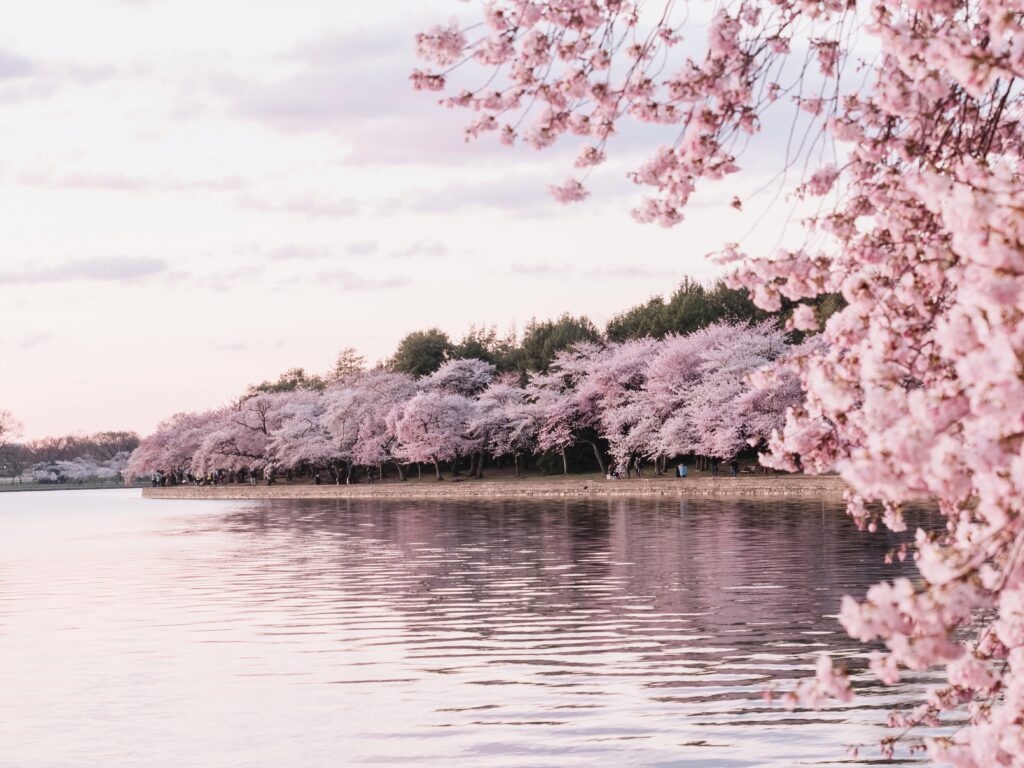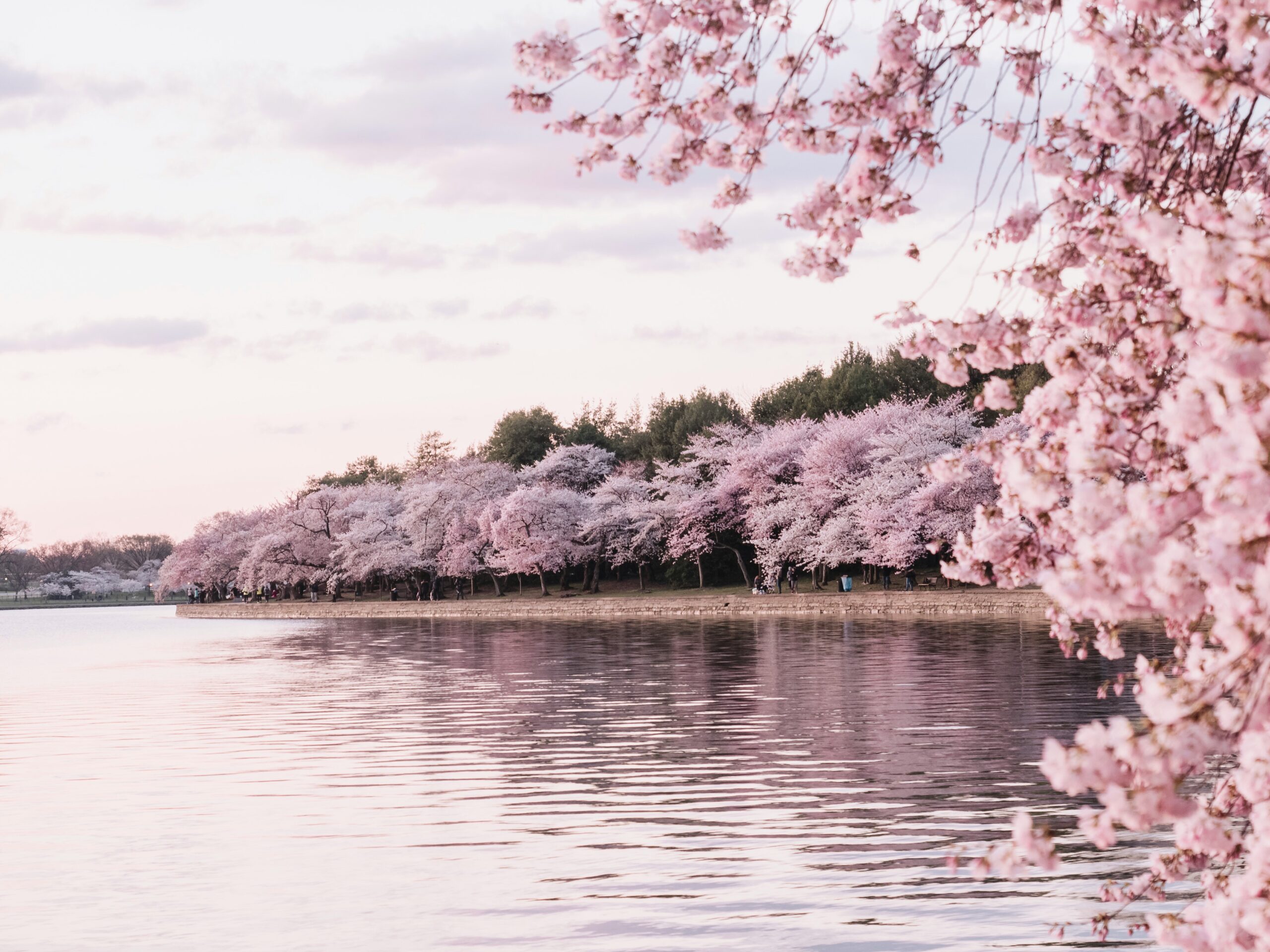桜始開 (さくらはじめてひらく)
日本語
春分の次候である「桜始開」は、桜の花が咲き始める頃を表す七十二候の一つです。今年は3月26日から3月30日までの期間にあたります。
日本人の心を魅了する桜は、古くから愛されてきた花です。その儚く美しい姿は、日本の美意識を象徴する存在とも言えるでしょう。
桜始開の頃になると、各地で桜の開花情報が聞かれ始めます。公園や街路樹に咲き誇る桜は、春の訪れを鮮やかに告げてくれます。
桜の花見は、日本の春の風物詩です。家族や友人と集まって、桜の下で弁当を食べたり、お酒を酌み交わしたりして楽しい時間を過ごします。
桜の花は、美しいだけでなく、様々な効能を持つ薬草としても知られています。桜の花びらを塩漬けにした「桜漬け」は、お茶や料理に使われるほか、咳や痰を抑える効果があると言われています。
また、桜の葉から抽出したエキスは、抗酸化作用や抗菌作用があり、化粧品や食品添加物などに使用されています。
桜始開は、春の訪れを告げるだけでなく、日本の文化や暮らしに深く根付いている大切な季節の節目です。

英語
Sakura Hajime Hiraku (The First Cherry Blossoms Open)
Sakura Hajime Hiraku is one of the 72候 (shichijūniko), or seasonal divisions of the year in the traditional Japanese calendar. It occurs from March 26 to March 30, and marks the beginning of the cherry blossom season.
Cherry blossoms are a beloved flower in Japan, and their delicate beauty has been cherished for centuries. They are a symbol of Japanese aesthetics and the transience of life.
As the days warm and the sun shines brighter, cherry blossoms begin to bloom in parks, gardens, and along streetscapes across the country. Their vibrant colors and sweet fragrance signal the arrival of spring and bring joy to people of all ages.
Hanami, or cherry blossom viewing, is a popular springtime tradition in Japan. Families and friends gather under the blossoming trees to enjoy picnics, sake, and each other’s company.
Cherry blossoms are not only beautiful to look at, but they also possess various medicinal properties. The pickled petals, known as “sakurazuke,” are used in tea and cooking, and are said to have antitussive and expectorant effects.
In addition, extracts from cherry leaves have antioxidant and antibacterial properties, and are used in cosmetics and food additives.
Sakura Hajime Hiraku is more than just a marker of spring’s arrival. It is a time-honored tradition that celebrates the beauty of nature and the interconnectedness of life.

コメント